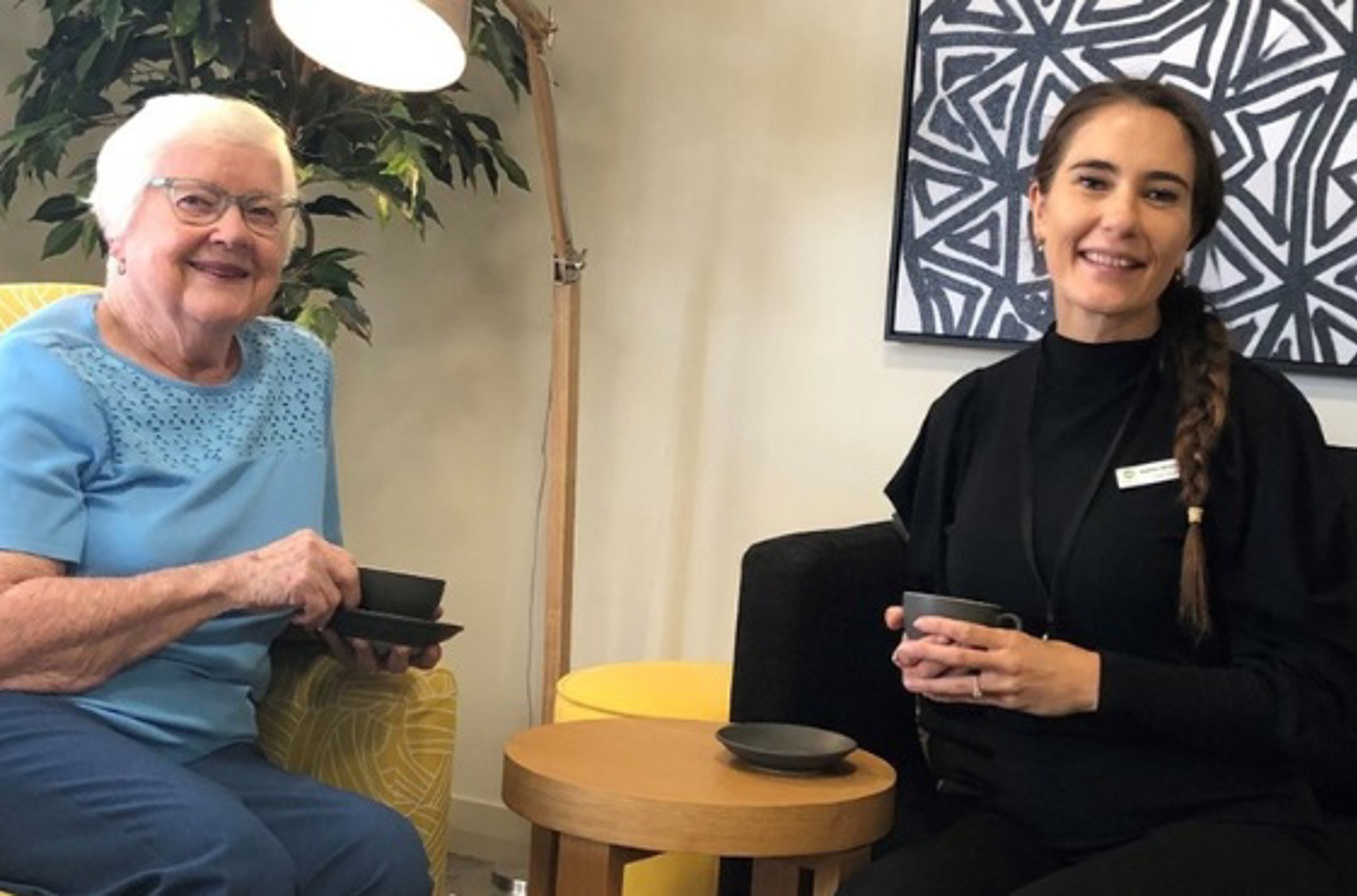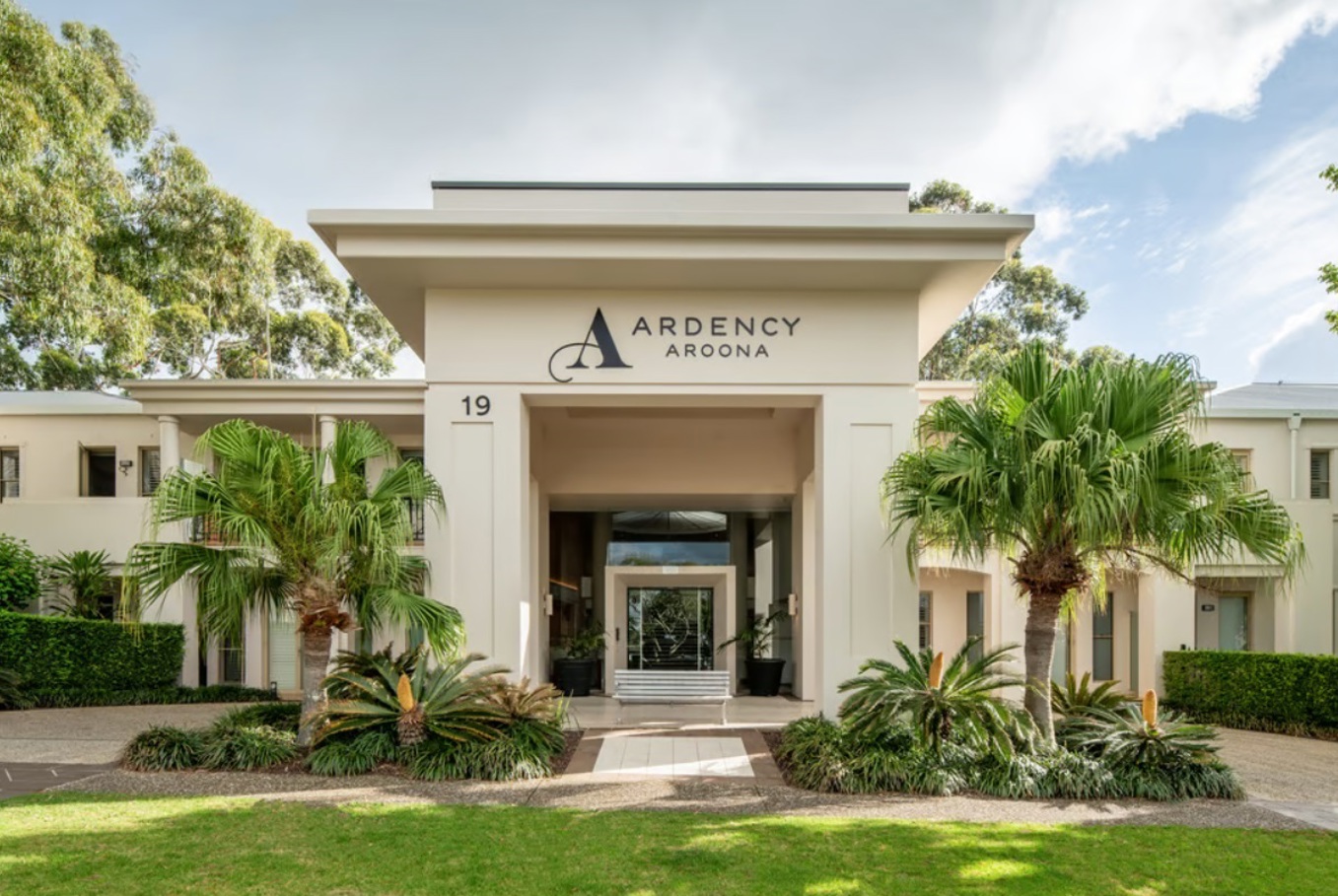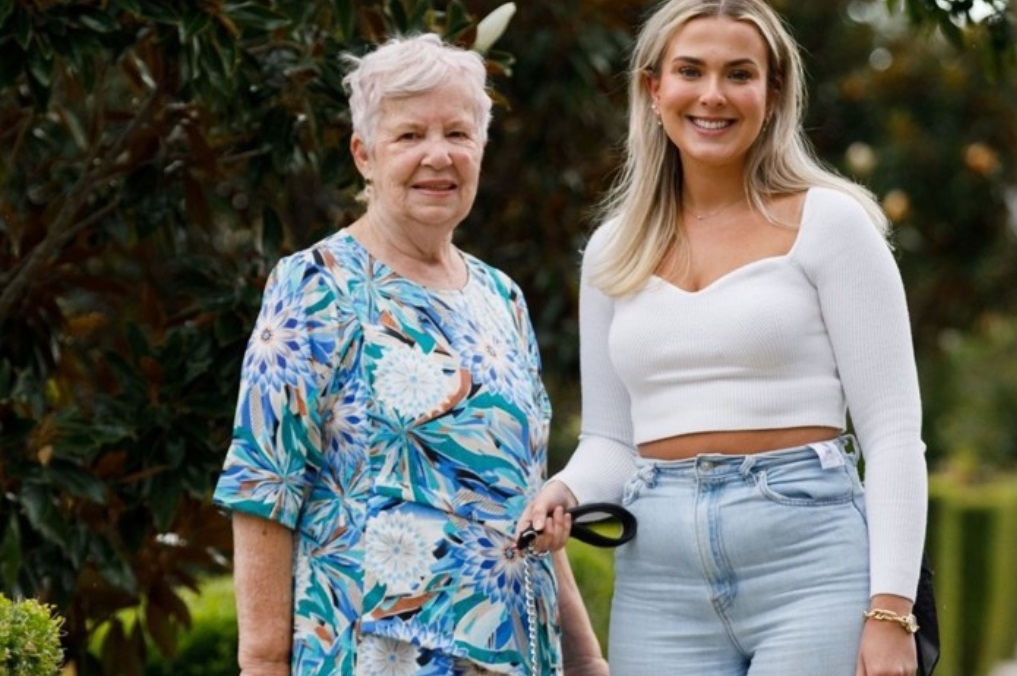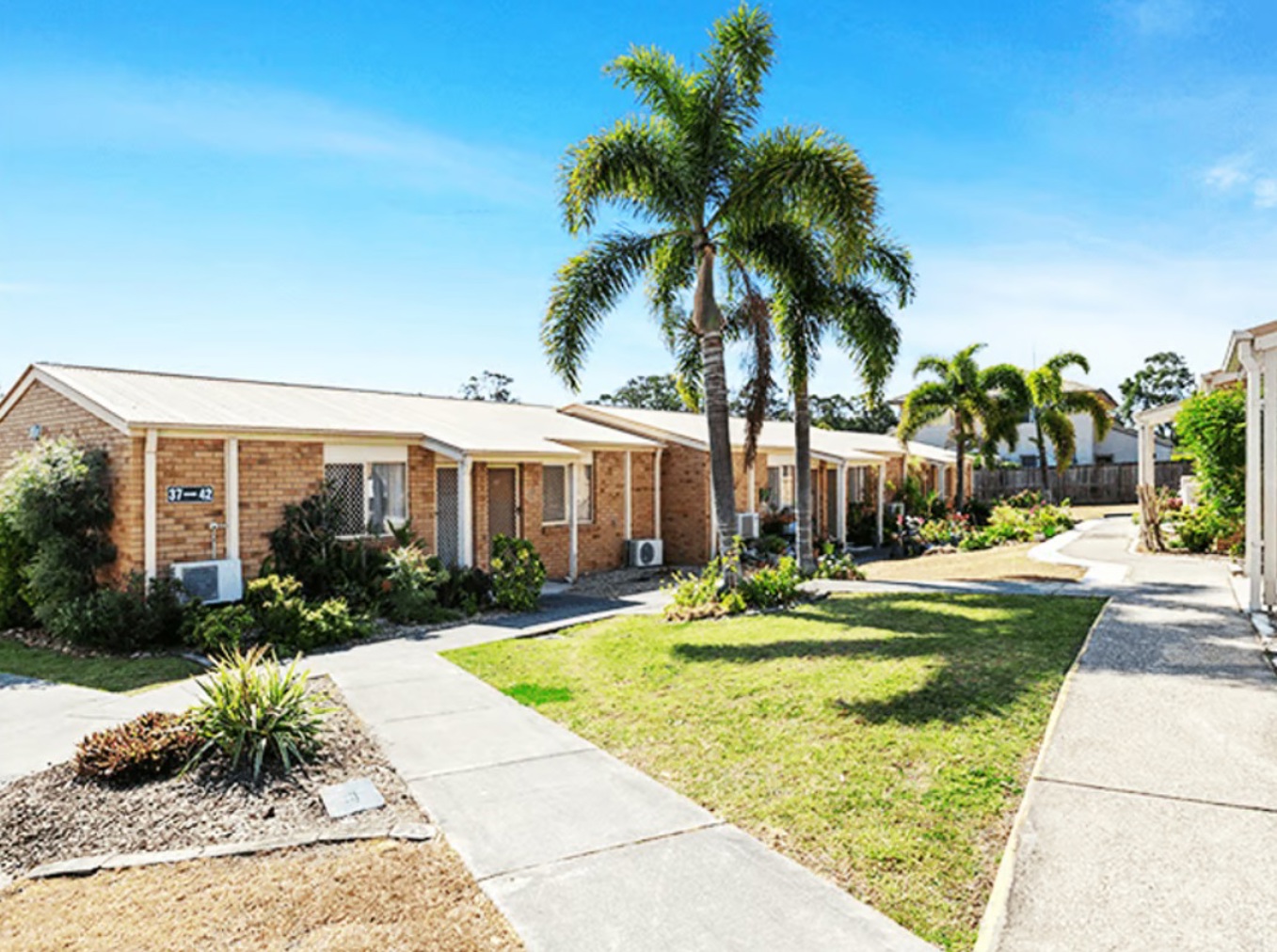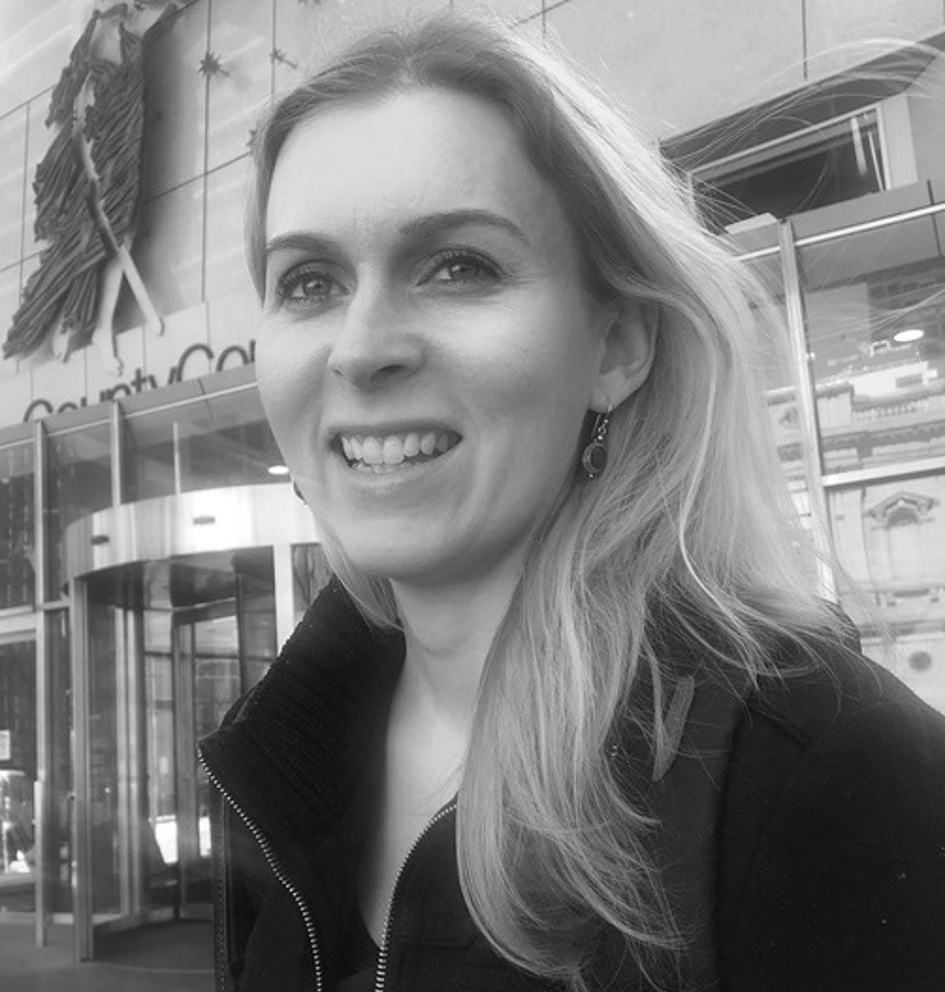Home care retirement villages are a relatively new concept.
They offer high-level aged care support in your retirement village home, up to palliative care.
The objective is that you will not have to move again from your retirement village home into an aged care home (nursing home). All care is brought to you.
There are three kinds of home care retirement village:
- dedicated home-care villages
- informal home-care villages - part of a larger village
- villages that provide a similar service without a contractual structure
Dedicated home-care village
The dedicated home-care village originated in Queensland with private operators like Freedom and Seasons, and Not For Profit operator Yukana. Australia’s largest retirement village operator and manager, Aveo, purchased Freedom in 2016 and is now rolling out this care model in its serviced apartments across Australia (see informal home-care villages below).
You pay for this care in most cases by entering a weekly payment plan, like an insurance policy, from the day you enter the village. In the early days you are unlikely to require any care but as you get closer to the end of life your care needs – and the costs – could increase dramatically.
Home care retirement villages are designed to keep you in your own village home and to give you certainty about the care you will receive up to death.
Under this model, the village operator will utilise the government care packages you are entitled to plus the money you have paid in instalments for later care.
The operator usually does not make any profit out of providing care to you. It is budgeted as a break even service.
Informal home-care village
Informal home-care villages is where this care model with weekly payments is applied to serviced apartments in existing villages. It means the operator has increased its care support systems so that you can stay in your serviced apartment in most cases up until death.
Villages that provide a similar service without a contractual structure
Villages that provide a similar service without a contractual structure are predominantly not-for-profit villages that have a co-located aged care home (nursing home) on the same premises. There is no contractual agreement or instalment payment plan and it is not restricted to serviced apartments.
Rather the village operator offers the compassionate service to support you in your own home by bringing staff and services from the adjacent aged care home (nursing home) to you and you will be charged individual fees for each individual service.
Operators of home care retirement villages
In 2016 the few operators of home-care retirement villages are all experienced in delivering high care services.
The pioneering providers are private operators.
Designed to support ageing
The primary focus of this model is to support advanced, frail people.
The average age of entry to a home care retirement Village is 84 and the average stay is four years.
The apartments or villas are smaller with one bedroom and designed to be adapted for high-level care including larger beds, adaptable bathrooms and safe surfaces. Kitchens are minimal with the main meal taken in a communal dining room.
You rent. You don’t own
These villages operate under the same legislation and financial model as traditional retirement villages.
You will pay a lump sum upfront which is in effect rent paid in advance. You will also contribute to the operational costs which will be higher than a normal village because of the larger number of staff being available to provide care.
You are not responsible for the maintenance or capital costs of the actual buildings.
The finances
Being a relatively new concept each operator has their own costing structure.
As an example you are likely to be asked to pay a weekly fee towards operating costs of let’s say $200. In addition your meals may cost $100 per week and your aged care payment plan may cost $250 (per person). This comes to $550 a week or $28,600 a year.
The operator may allow you to defer the aged care instalments payment until you leave the village when it will be deducted from your lump sum entry payment.
You will still be subject to the normal retirement village Deferred Management Fee (DMF). Most home-care retirement villages charge a DMF of 40% over four years.
Most homes under this plan range in price around $400,000. An example of the costing after four years would show that your annual outgoings would total $114,400 and your DMF would be $160,000. From your $400,000 entry payment you would receive a refund of $125,600.
This equates to $68,600 per year or $1320 per week. This may sound high but after allowing the value of the aged pension at $440 a week plus home-care allowances the net cost is likely to be around all $700 per week. This allows you to stay in your own home in most cases up to death.
The contract
Home care retirement village contracts will be similar to retirement village contracts.
